How to protect (but not refinish) old table top
sangenuer
12 years ago
Related Stories
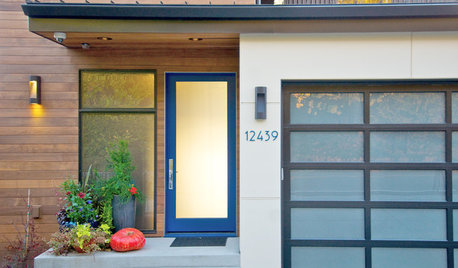
ENTRYWAYSGlass Doors That Welcome — and Protect Your Privacy Too
These front-door designs let in the light but keep your air-guitar performances safely in-house
Full Story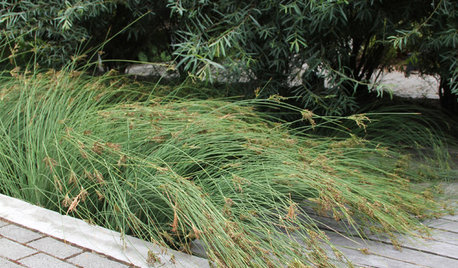
GARDENING GUIDESProtect a Precious Resource With a Rain Garden
Promote pure water and a beautiful landscape with a garden design that makes the most of the rain
Full Story
GREAT HOME PROJECTSWhat to Know Before Refinishing Your Floors
Learn costs and other important details about renewing a hardwood floor — and the one mistake you should avoid
Full Story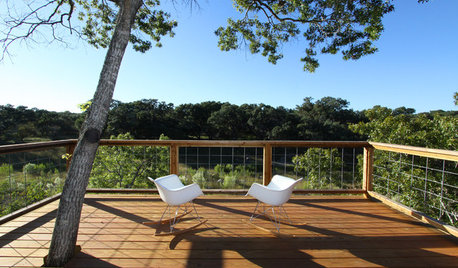
GREAT HOME PROJECTSHow to Refinish a Wood Deck
Keep your deck looking its best — and save feet from splinters — by applying a new stain and sealant every year or so
Full Story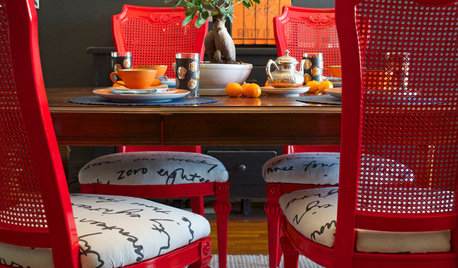
DIY PROJECTSDining Set Makeover: Paint and Tea-Tinted Fabric Make Old Chairs New
Reclaim dated dining chairs for far less than buying new, using spray paint, modern fabric and a handful of tea bags
Full Story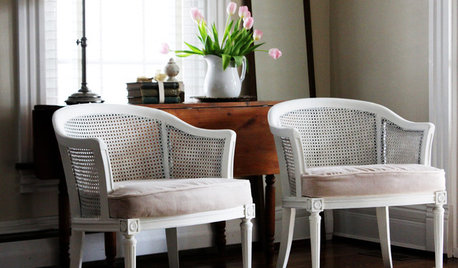
BUDGET DECORATINGBudget Decorator: 8 Ways to Make Old Furniture Look Brand New
Learn stripping, staining, painting and reupholstering basics to make bargain-basement furniture worthy of center stage at home
Full Story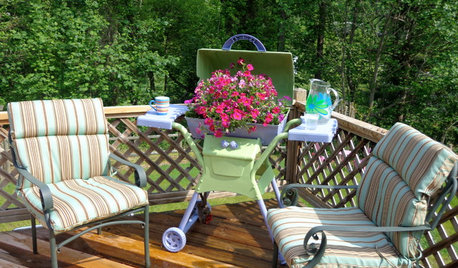
SALVAGEReinvent It: Make a Cheery Planter From an Old Eyesore
Don't ignore that yucky old grill growing rust in your yard — turn it into a lighthearted planter that's a joy to see
Full Story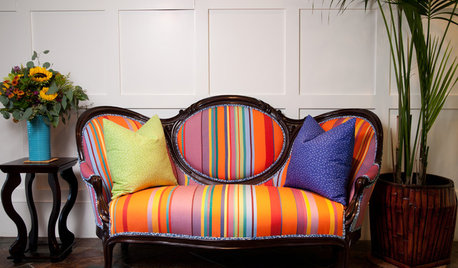
UPHOLSTERYThe Perks and Perils of Reupholstering Old Furniture
Secondhand upholstered pieces can add character to a room, but beware of bugs, snakes and hidden costs
Full Story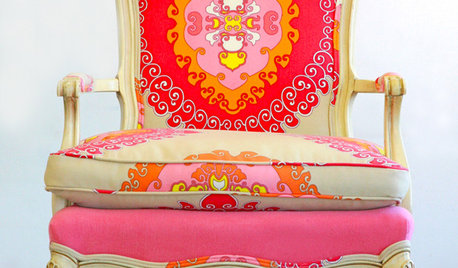
FURNITUREOld Furniture: Clean, Reupholster or Replace It?
A veteran upholstery cleaner weighs in on the options for found, inherited and thrift store furniture
Full Story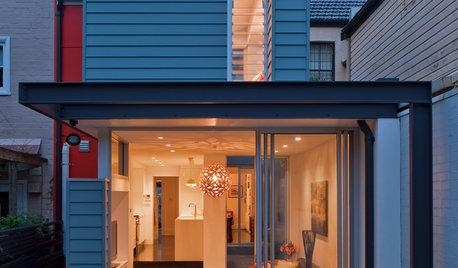
HOUZZ TOURSHouzz Tour: Butterfly Roofs Top a Sydney Terrace House
Modern remodel retains 19th century facade while pouring natural light into new and old spaces
Full Story





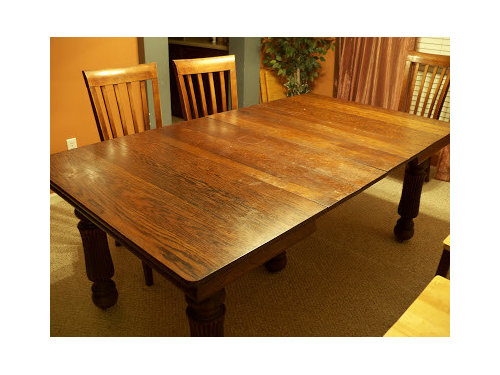
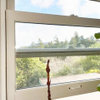



Jon1270
sangenuerOriginal Author
Related Professionals
Drexel Hill Cabinets & Cabinetry · Eureka Cabinets & Cabinetry · Lindenhurst Cabinets & Cabinetry · Caldwell Carpenters · Kissimmee Carpenters · Cottage Lake Flooring Contractors · Deerfield Beach Flooring Contractors · Jamaica Plain Flooring Contractors · Monroe Flooring Contractors · Cocoa Flooring Contractors · Potomac Furniture & Accessories · Washington Furniture & Accessories · Carlsbad Furniture & Accessories · Naples Furniture & Accessories · Silver Spring Furniture & Accessoriesbrickeyee
bobismyuncle
live_wire_oak
brickeyee
bobismyuncle
sombreuil_mongrel
sloyder
sangenuerOriginal Author
someone2010
bobismyuncle
sangenuerOriginal Author
sloyder
brickeyee
sangenuerOriginal Author
RRM1
RRM1
lazy_gardens
ladyshadowwalker
RRM1
badgergrrl
brickeyee
sangenuerOriginal Author
bobismyuncle
Citizen Rosebud
bobismyuncle
Lisa Cocking